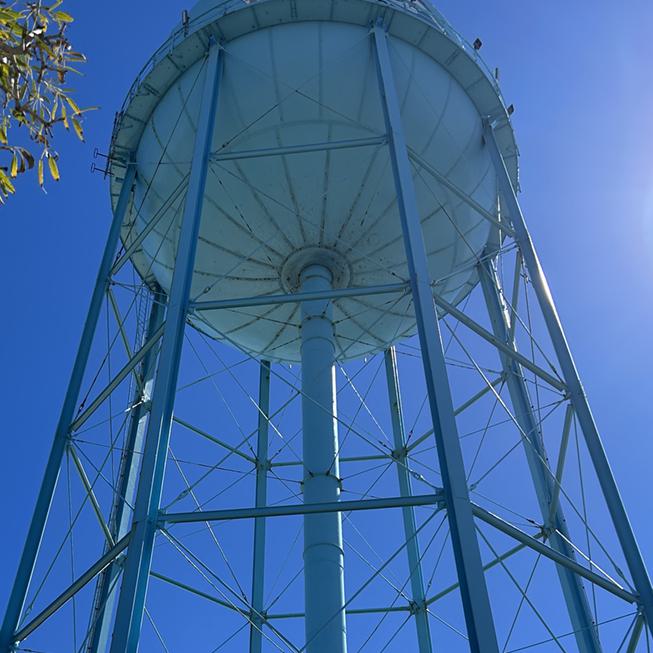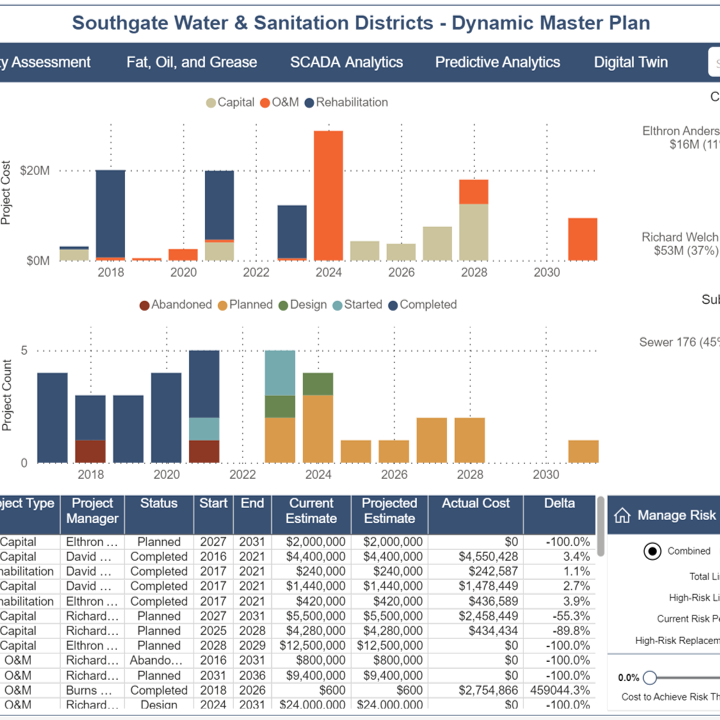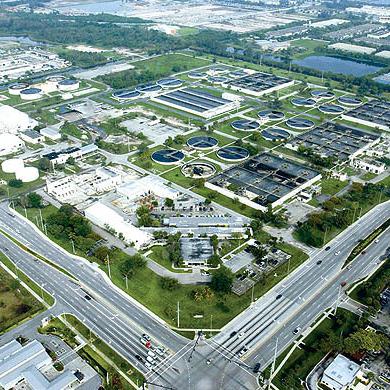Taking the Lead in Advancing PFAS Tools and Technology

Hazen's innovative machine learning tool unlocks a more efficient way to design granular activated carbon (GAC) systems for PFAS removal.
We have also completed several research projects to provide comprehensive guidance on PFAS for water utilities, including:
Treatment Guidance Short- and Long- Chain PFAS
This project provides a framework for direct comparison between GAC and AIX, which not only can be implemented for the main six PFAS compounds, but also for as yet unregulated short-chain PFAS. The guidance offers a measured, comprehensive approach to process selection that takes into consideration fluctuating PFAS challenges.
Industry Guidance for PFAS Communications
Hazen has successfully developed PFAS outreach materials to improve the way water providers communicate with their customers and facilitate a better understanding of the complexities and challenges involved. The toolkit helps describe the current PFAS situation in a digestible format that is understandable to the general public.
Understanding Impacts of PFAS Hazardous Waste Classification
Hazen is working with the American Water Works Association to understand industry impacts of classification of PFAS-laden materials as a hazardous waste. The classification will obviously impact drinking water facilities utilizing separation treatment for PFAS removal (ie GAC, IX, or NF/RO), but also impacts residuals generated at conventional water treatment facilities impacted by PFAS in their source water. Hazen is generating plant-level residuals generation estimates, which will roll up to inform a national picture of costs associated with designated PFAS waste classifications.
Innovative Treatment Approaches for PFAS
Hazen continually researches innovative, promising technologies, including thermal methods, supercritical oxidation, and novel electrochemical water treatment systems capable of generating the powerful chemical conditions required to break bonds and eliminate PFAS contaminants in water. In project WRF 5107, Hazen researchers are studying the performance and feasibility of a full-scale thermal drying and pyrolysis facility to process municipal solids, with a focus on the potential to remove or destroy PFAS compounds. Independently, we are studying innovative removal and destructive processes, designed to efficiently concentrate PFAS into manageable volumes, and then destroy the compounds with targeted, energy-intensive technologies.
Learn more about the new PFAS Health Advisories and get the Hazen-Water Research Foundation customer communication toolkit.

Hazen is studying innovative ways to concentrate PFAS into manageable volumes, then eliminate the compounds with targeted destruction methods.
























